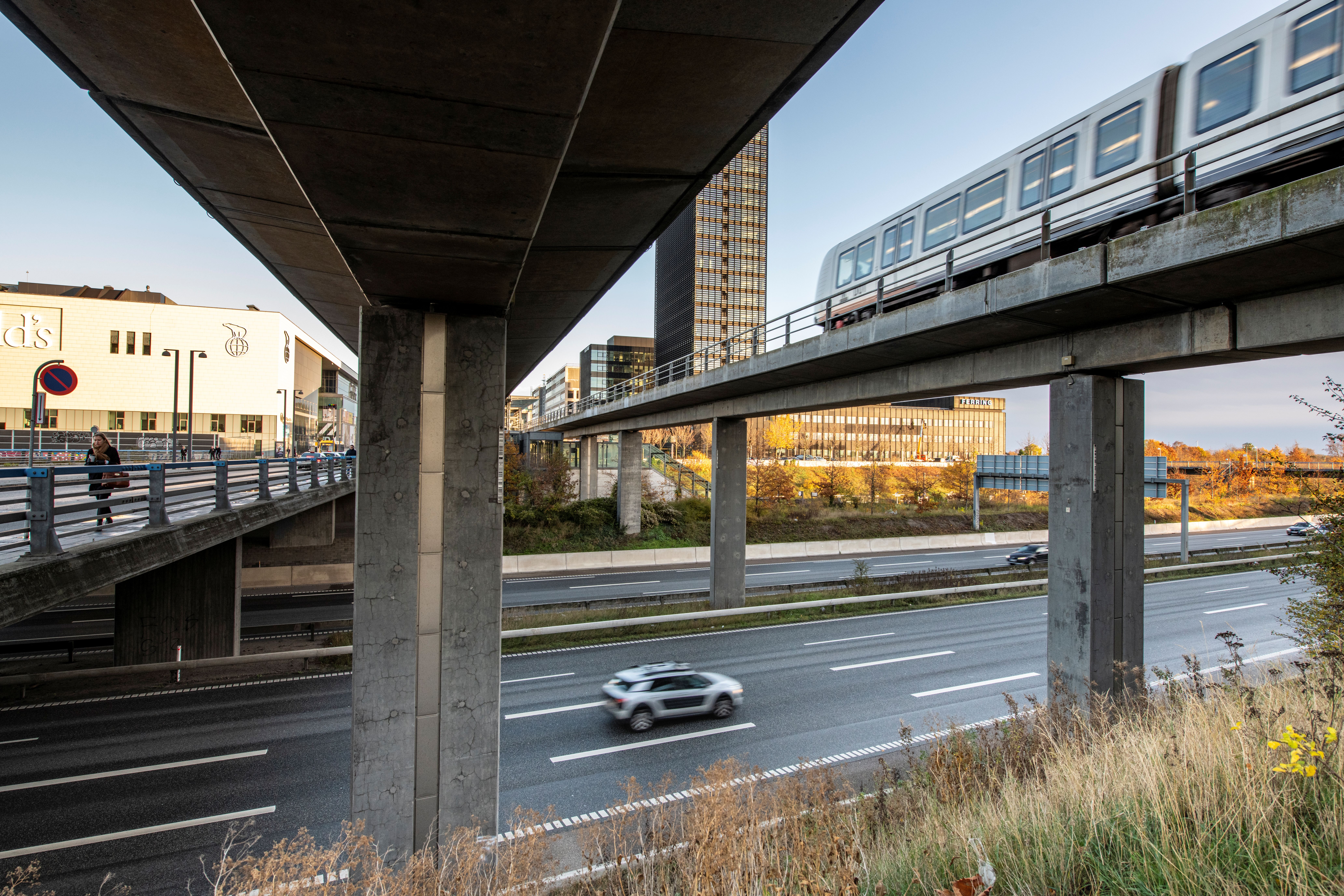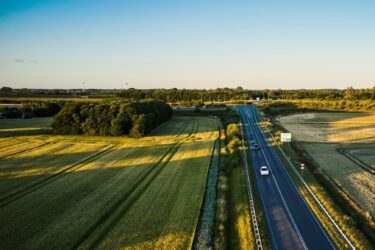Viktoria Skov, engineering intern in the track and infrastructure department at SYSTRA Denmark, believes this can be improved. Viktoria is in her final year of studying Arctic Construction and Infrastructure at DTU, specializing in construction. Having spent three semesters in Greenland and soon to graduate as a civil engineer, she has already made a mark with innovative ideas and solutions.
As part of a course, Viktoria has worked on developing a 3D model for the local train line between Roskilde and Slangerup. The goal of the model was to create a cost estimate for the construction while also examining the current challenges faced by the railway and identifying alternative solutions.
Due to lack of time, Viktoria was only able to complete the 3D model for the section between Roskilde and Slangerup and has therefore extrapolated the costs from these calculations to the segment between Slangerup and Nørre Herlev. Between Nørre Herlev and Hillerød, the tracks of the Frederiksværk Railway are used, which eliminates the need for construction costs on this stretch.
I am passionate about challenging traditional solutions and thinking in new ways. There is always room for improvement, especially when it comes to sustainability and efficiency in infrastructure projects.
Viktoria Skov, engineering intern
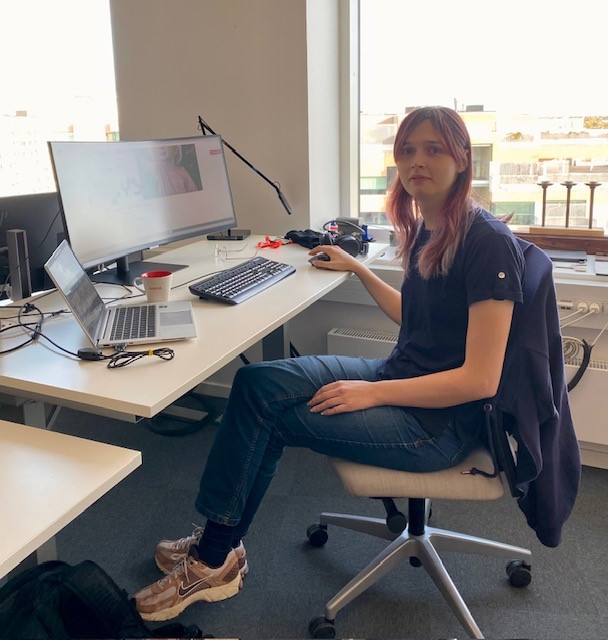
Alternative solutions for railway infrastructure
Viktoria also wondered why ditches are always used to drain water away from railways, while road networks often use drains. Therefore, she carried out calculations that showed that drains, under certain conditions, could also be used on railway lines, offering various benefits such as reduced maintenance and less earth transport, which also positively contributes to the CO2 balance.
Another key challenge Viktoria focused on is the use of ballasted tracks on bridges. Bridges for ballasted tracks are both heavy and expensive to build. Inspired by solutions from the Netherlands, Viktoria suggests in her study using directly paved tracks, which would reduce the bridge’s own weight and thus make the project cheaper by reducing material consumption.
In addition to the technical solutions, Viktoria also prepared a timetable calculation showing that a quarter-hourly service between Roskilde and Hillerød is possible on a single track. This avoids the cost of double tracks while still maintaining a high capacity.
Furthermore, Viktoria suggests planting the potential newly established slopes with perennials and wildflowers, which, in addition to beautifying the landscape, will also contribute to biodiversity.
Award-winning project at Rail CPH
Viktoria submitted her project to a competition at Rail CPH in May 2024, where she won a diploma for her innovative proposal. At SYSTRA, we are incredibly proud of Viktoria and her impressive achievement.
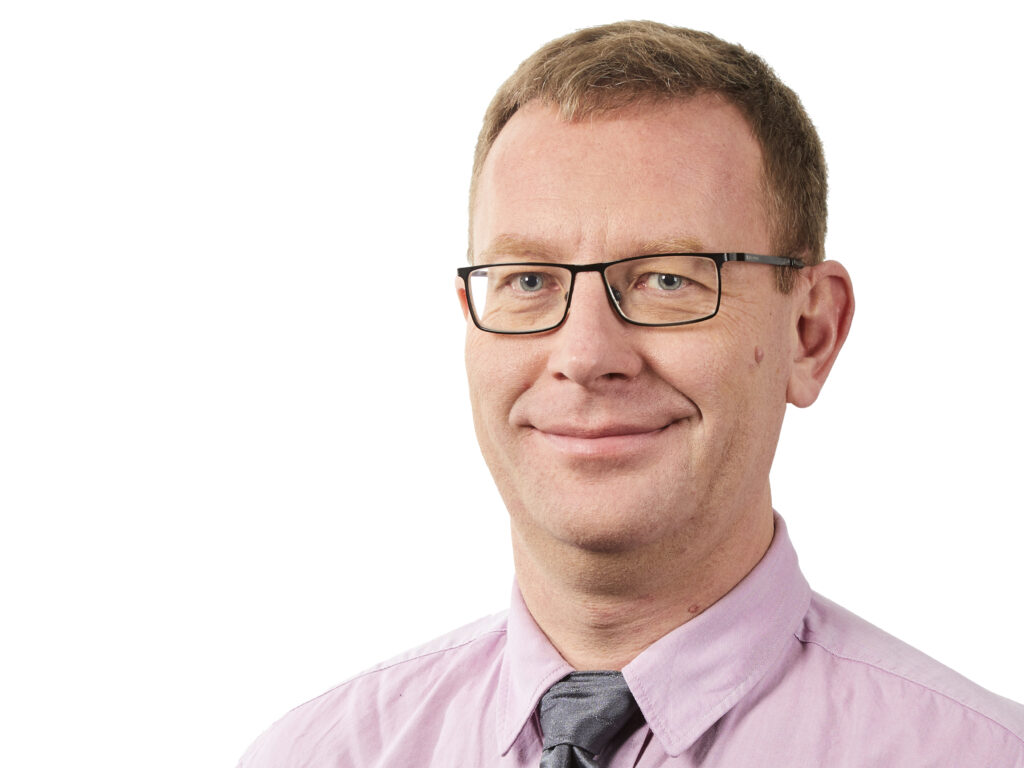
Viktoria demonstrates a unique commitment and ability to think innovatively. Her project is a great example of how the engineers of the future can challenge the status quo and create more sustainable solutions for our infrastructure.
Peter Lassen Skrubbeltrang, department manager in Permanent Way
Viktoria is a shining example of the many talented young engineers we have in Denmark, and at SYSTRA, we look forward to following her career in the future.
At SYSTRA, we support the solutions of the future and the young talents who will bring them to life. That’s why we are also a member of the Engineer the Future initiative.
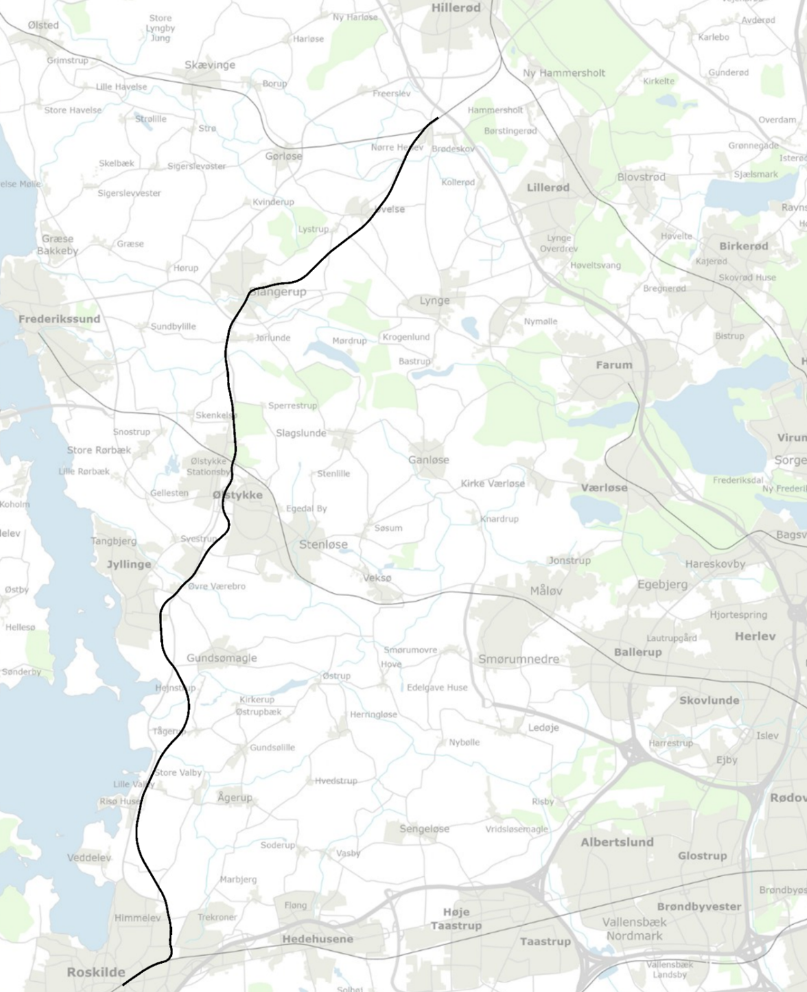
Overview map of Viktoria’s proposal for a new local railway line. Between Nørre Herlev and Hillerød, the tracks of the Frederiksværk Railway are used, which eliminates the need for construction costs on this section.


 Australia
Australia  Brazil
Brazil  Canada
Canada  Chile
Chile  China
China  Columbia
Columbia  France
France  India
India  Indonesia
Indonesia  Ireland
Ireland  Italy
Italy  Malaysia
Malaysia  New Zealand
New Zealand  Norway
Norway  Panama
Panama  Peru
Peru  Poland
Poland  Portugal
Portugal  Saudi Arabia
Saudi Arabia  Singapore
Singapore  South Korea
South Korea  Spain
Spain  Sweden
Sweden  Taiwan
Taiwan  Thailand
Thailand  Türkiye
Türkiye  United Kingdom
United Kingdom  United States
United States  Vietnam
Vietnam 
